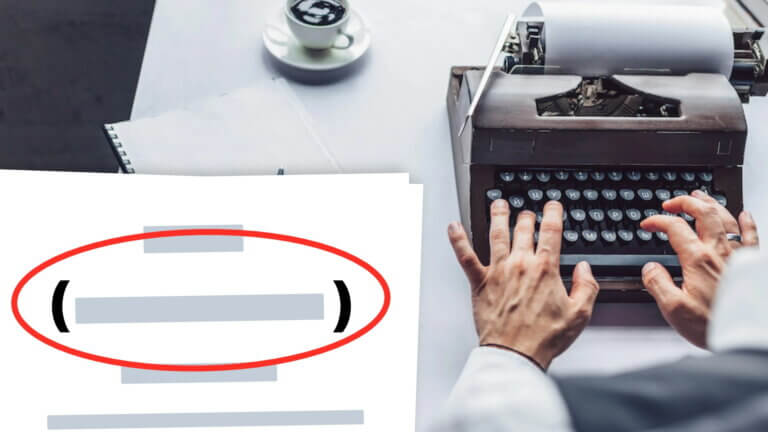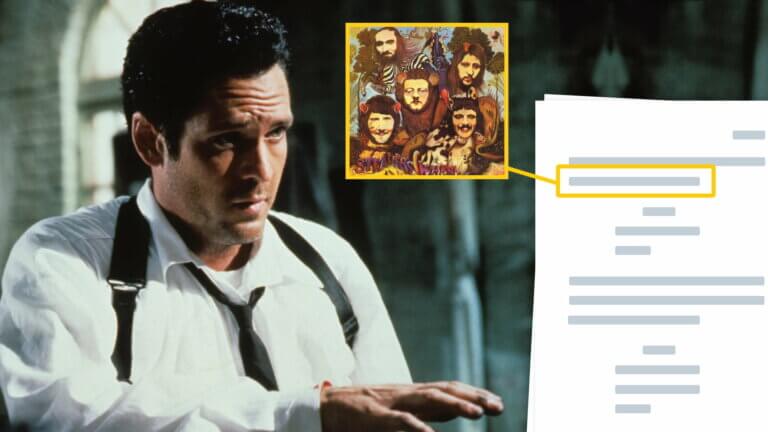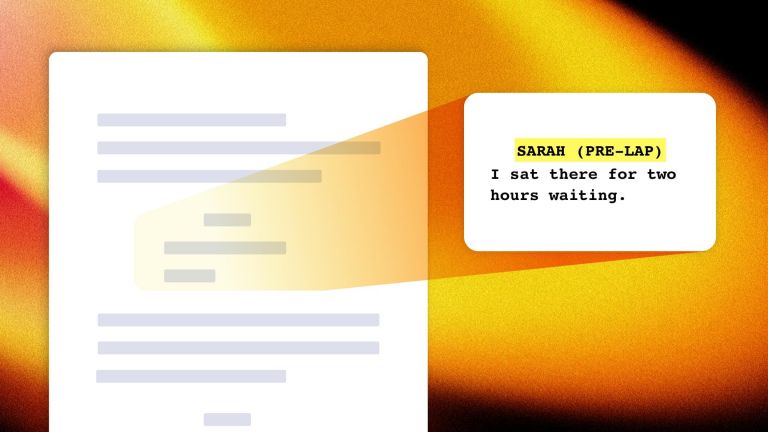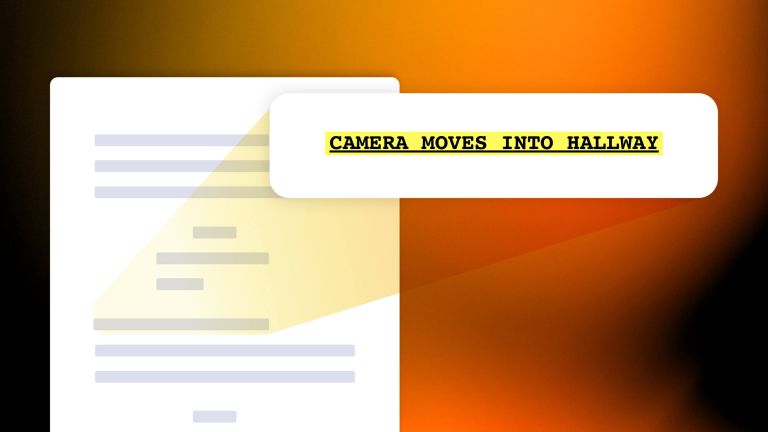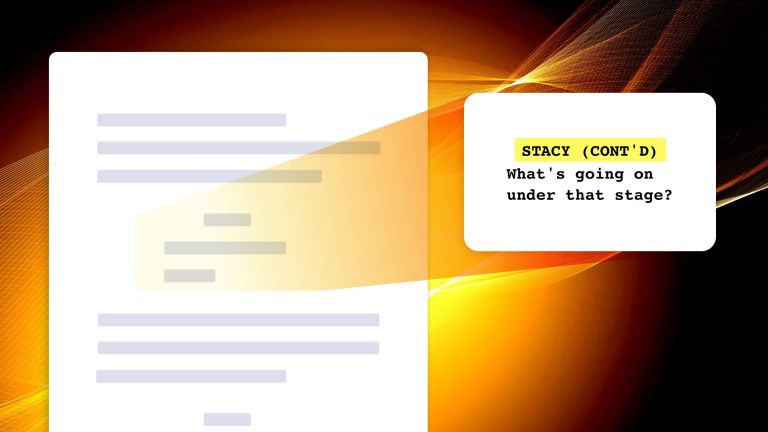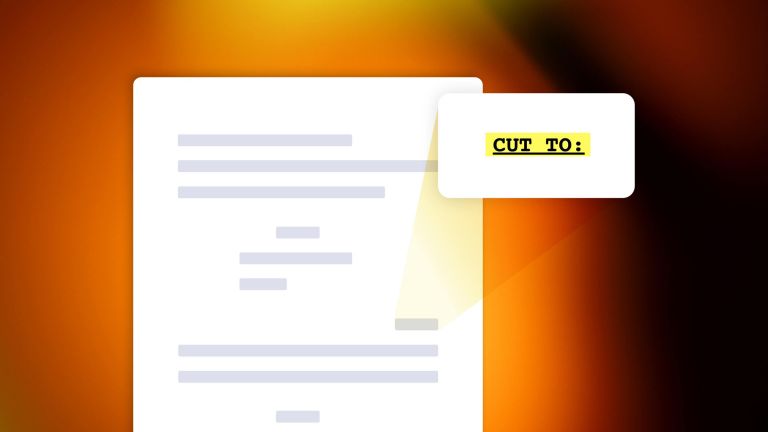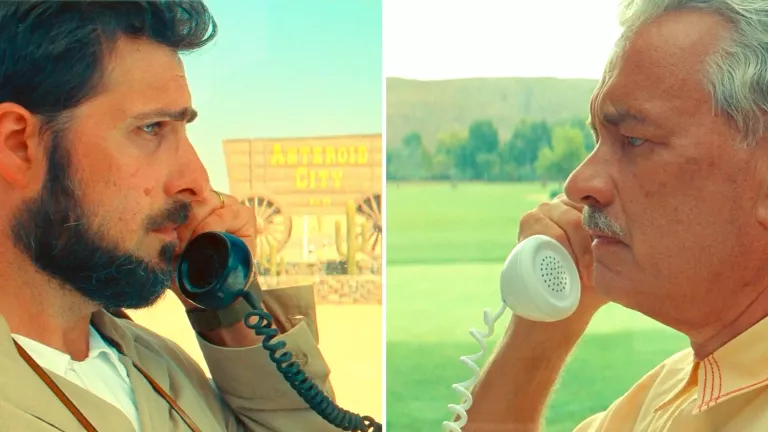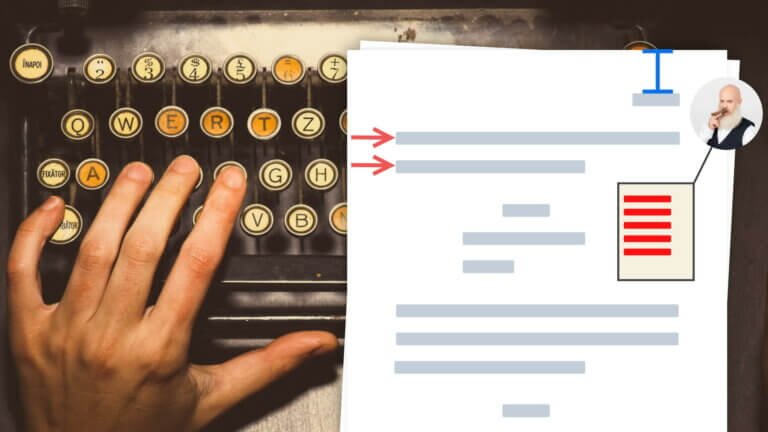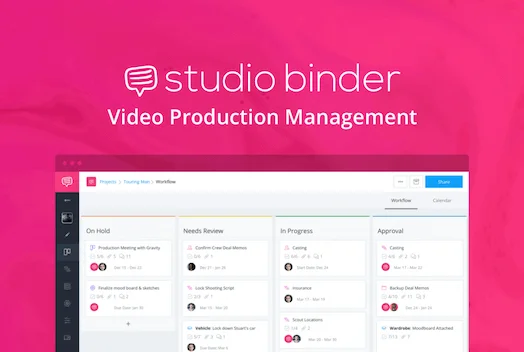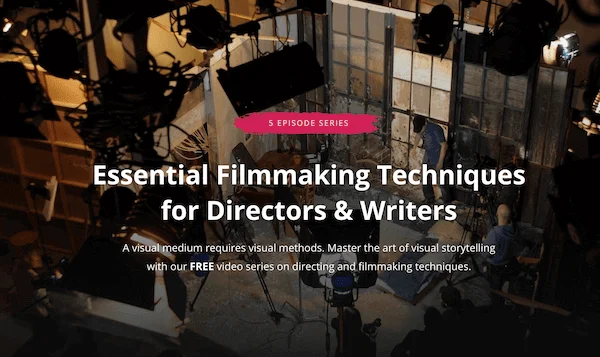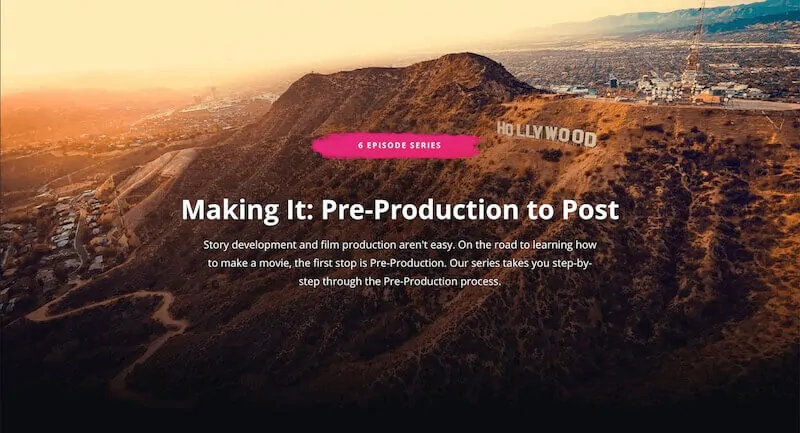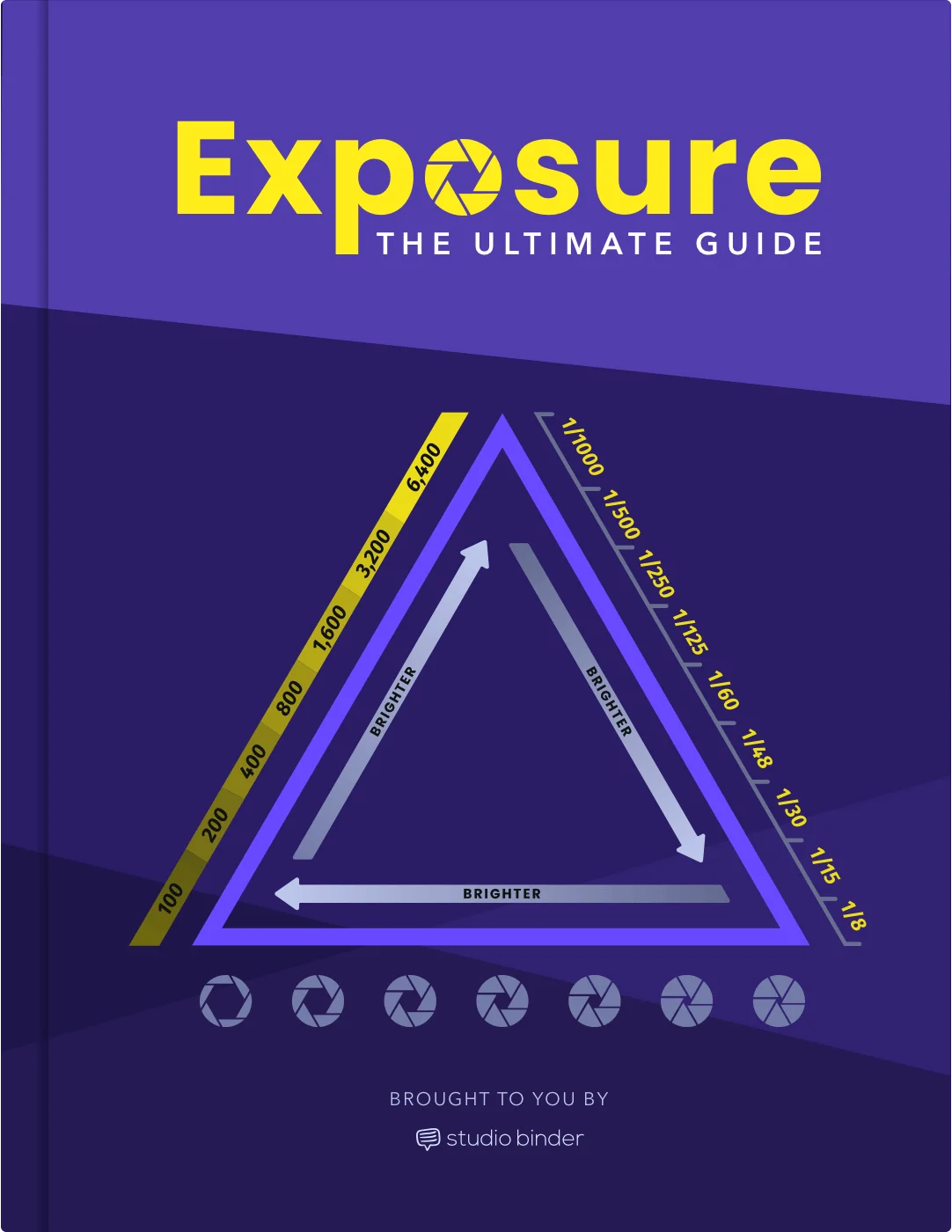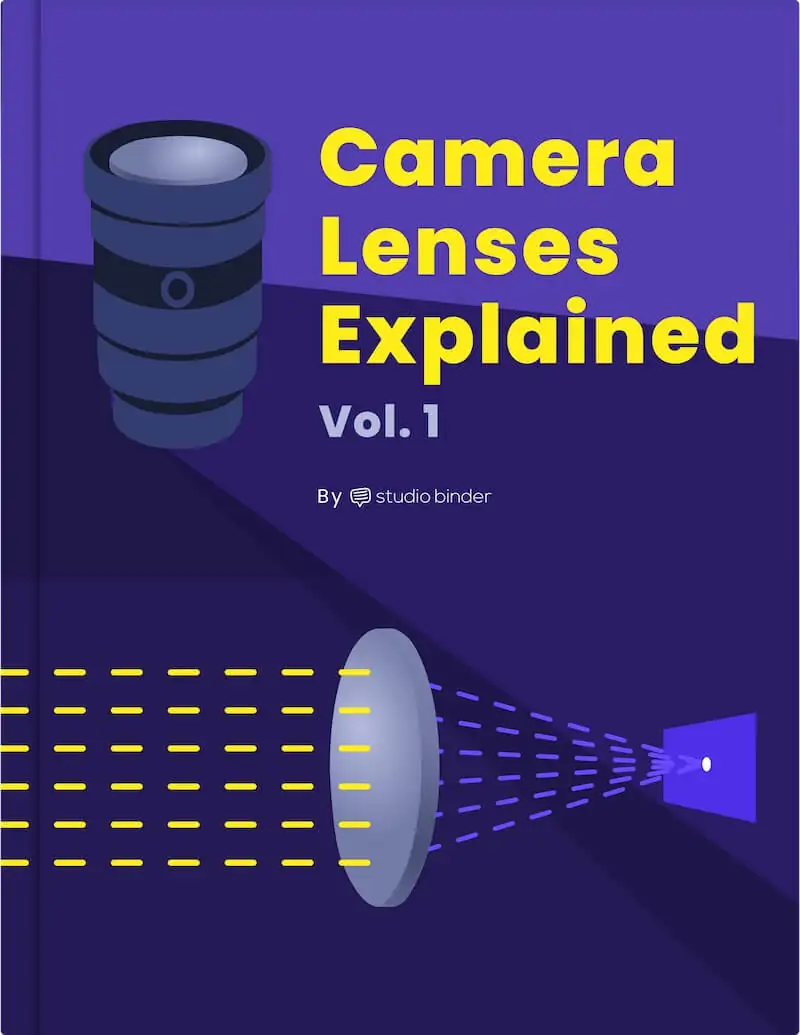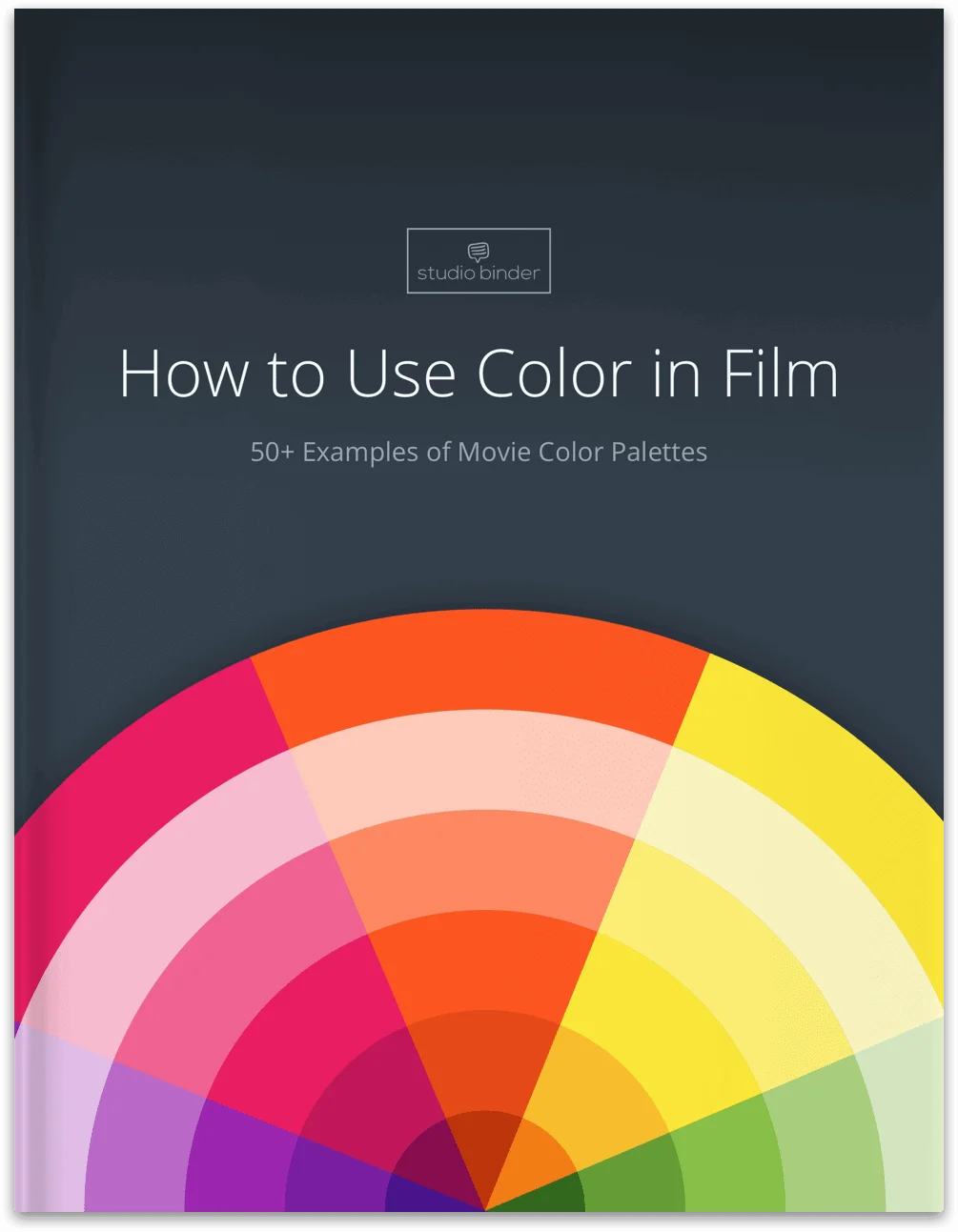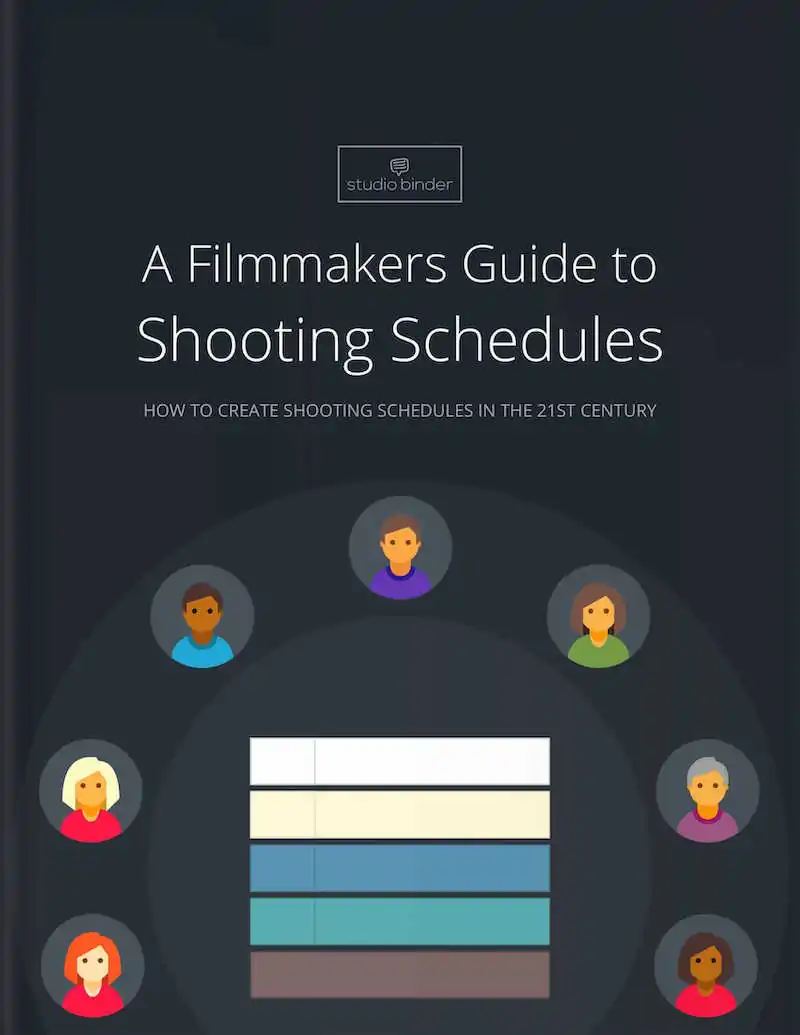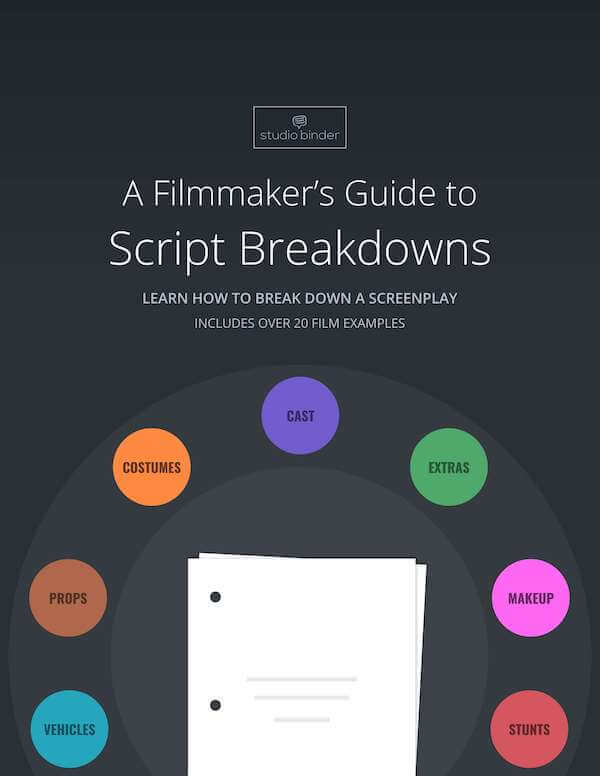A screenplay is an entirely different beast than a novel, essay, or poem. Instead of a finished work of art, a screenplay is a blueprint for a final product — and yet it still requires artistry. The modern screenplay has strict formatting requirements and conventions. Before you become the next great screenwriter, you need to know the rules of the medium, where they come from, what forms they take, and how they’re used. In this ultimate guide, we'll cover the history of screenplays, their elements, and their types. Let's jump in.Continue reading What is a Screenplay — The Ultimate Guide…
Dialogue scenes can be the most fun to write as well as the most difficult. Visual performances of dialogue in films can be powerful, emotional, and moving. However, the medium of written text has its limitations. Luckily, screenwriters have parentheticals. Parentheticals are a great way to include specific information that help a reader better understand a dialogue scene. So how do you write a parenthetical in a screenplay? Let’s take a look at screenplay parenthetical examples and to learn how they should be used. Continue reading Screenplay Parenthetical Examples (And Why They Work)
While cinema is known for being a primarily visual medium, there is no doubt how much of an impact music can have on a film. Some of the most iconic scenes in history are remembered with a song attached. Sometimes the music choices are left to a director far after the screenplay is written. However, other times music is baked into the screenplay itself and how a scene may operate. In this article, you’ll learn when and how to write music into a screenplay so that you can create unforgettable scenes through music.Continue reading How to Write Music into a…
If you’re a screenwriter or a filmmaker, you may have heard the term “pre-lap” before. But what is pre-lap in screenplay format, and how can you use it effectively in your scripts? Let’s dive into the definition, when to use them, and how to format them properly in your screenplays.Continue reading What is Pre-Lap in a Screenplay — Function & Format
TV script format is perhaps the most difficult type of script format to master. That’s because it involves tons of intricacies that screenplays and stage plays don’t. Never fear though, we’re going to break down everything you need to know about TV script format, from 30-minute sitcoms to hour-plus dramas. We’ll look at teleplay examples from Seinfeld, Breaking Bad, and more to see how professional script writers use the format. By the end, you’ll be ready to get started on your very own TV script.Continue reading TV Script Format 101 — Examples of How to Format a TV Script
The role of a screenwriter is to tell a story and create a cinematic experience on paper. It is a common debate as to whether or not screenwriters should write camera directions in a screenplay. Whether or not you plan to use them or plan to avoid them, it's important to understand at least how to write camera directions in a script properly. In this article, we’ll take a look at how to write camera directions in a script as well as why to use them minimally. Continue reading How to Write Camera Directions in a Script — Tips & Techniques
MORE and CONT’D are dialogue transitions that are used to mark the continuation of characters speaking in a screenplay. We’re going to show you how to use MORE and CONT’D with screenplay examples – and then we’ll explain when you should use them in your own scripts. Continue reading What Does CONT’D Mean in a Screenplay & How to Use It
Screenplay transitions in cinema have been used ever since filmmakers had the ability to edit. At first, what was a simple cue to an editor of when to cut to another shot or scene has become another tool for a filmmaker to creatively tell a story. Fades, wipes, and match cuts are a few examples of how the transition has evolved to more creative uses. It is important for any screenwriter to understand the format and use of transitions in a screenplay to make them a more well-rounded writer. Let’s dive into how to write transitions in a script and…
Phone calls can be an essential component to a film’s narrative and the driving force behind a scene. They can be an opportunity for suspense, humor, and conflict. It is important to understand how to write a telephone conversation in a screenplay in the common case that your story calls for one (no pun intended). Although formatting can often be confusing, we’ve broken it down so that you can implement a proper screenplay format phone call into your next script.Continue reading How to Write a Telephone Conversation in a Screenplay
Proper screenplay formatting is extremely particular and offers very little wiggle room. There are good reasons behind all of this specificity. A properly formatted script adheres to the current industry standards, meaning all professional screenplays, with very few exceptions, have a standardized appearance and format. In this article, we will explain why following industry-standard formatting is important, how to achieve it, and why these particular margin measurements are considered the standard.Continue reading Screenplay Margins Explained — A Guide for Screenwriters

